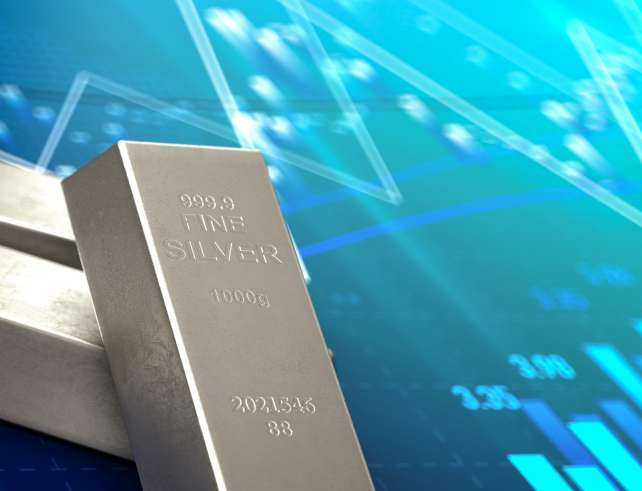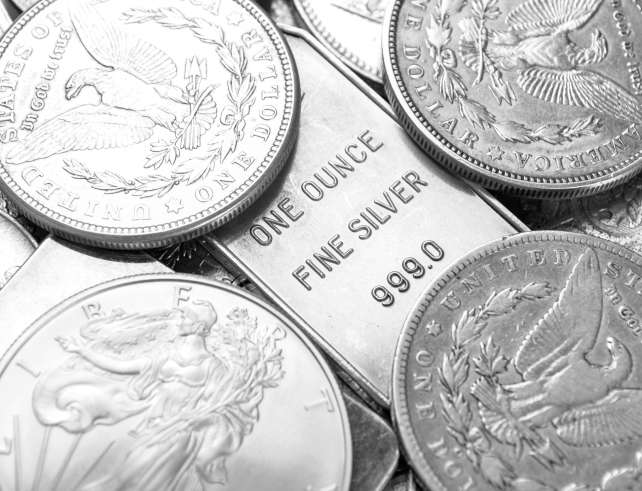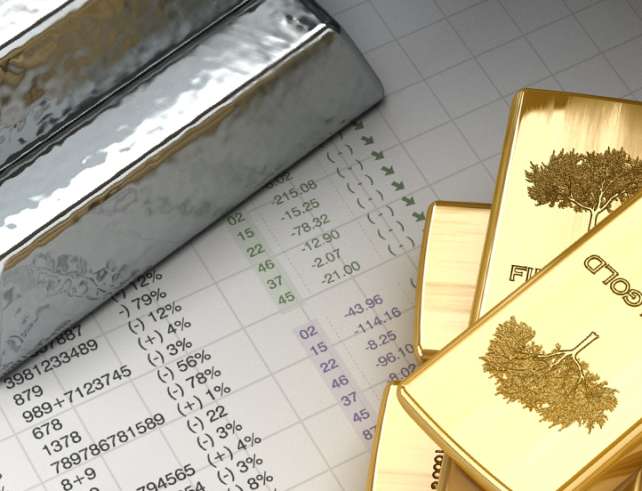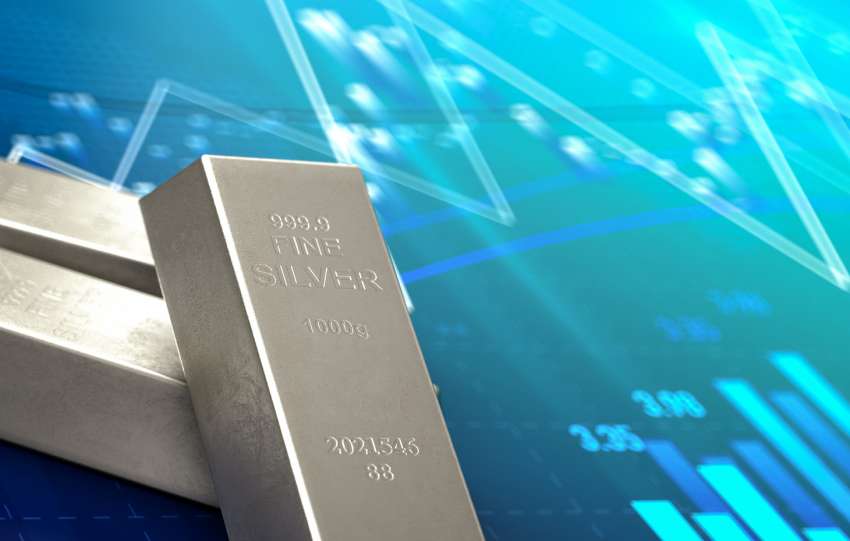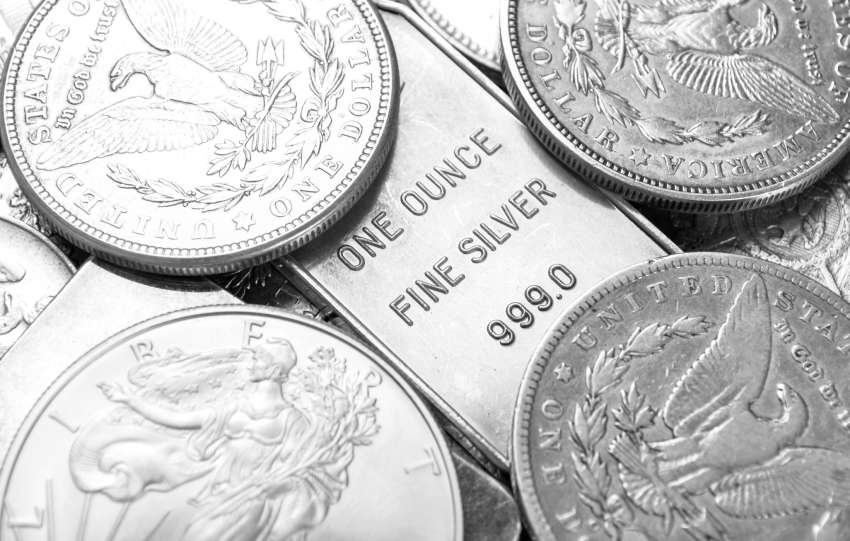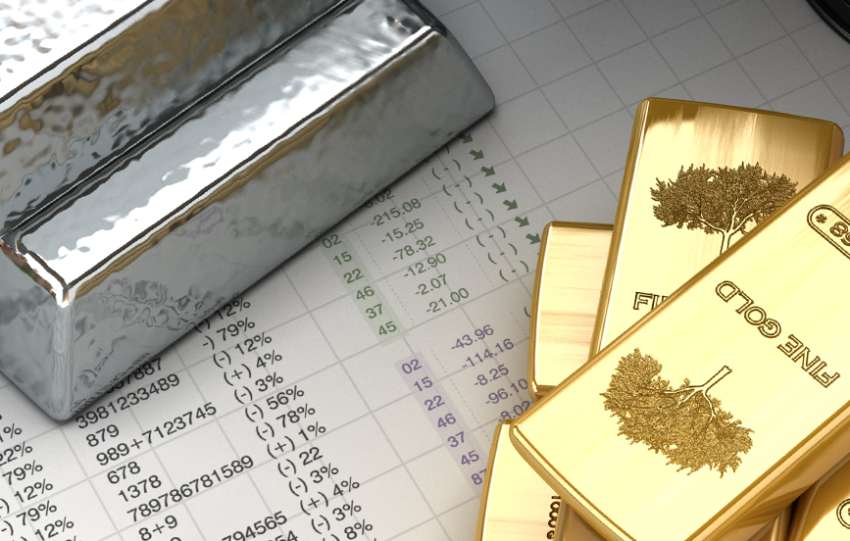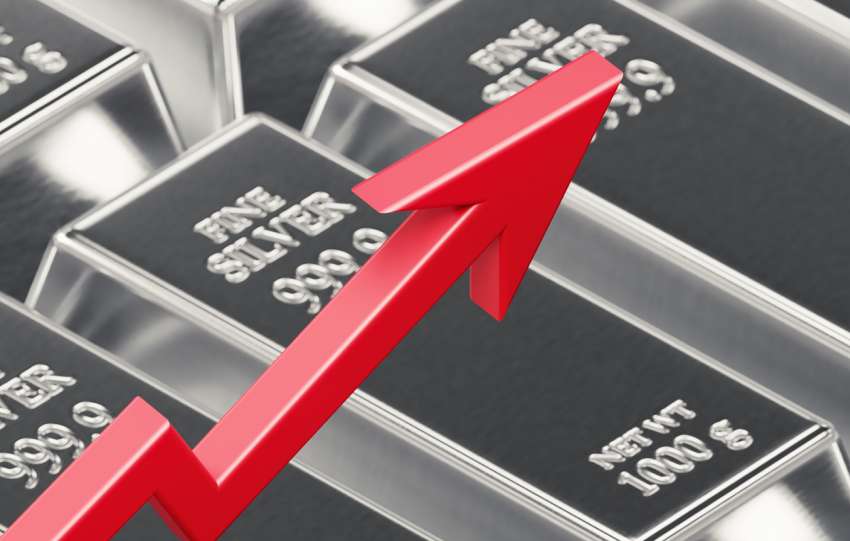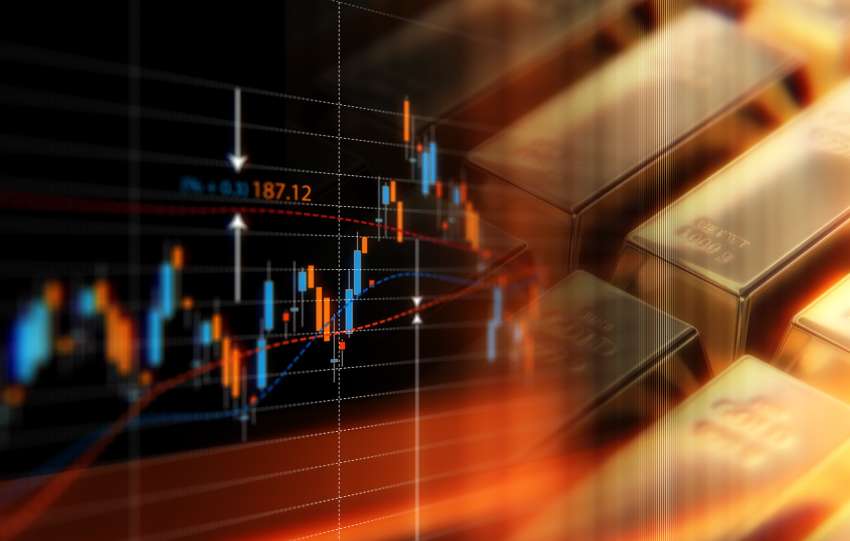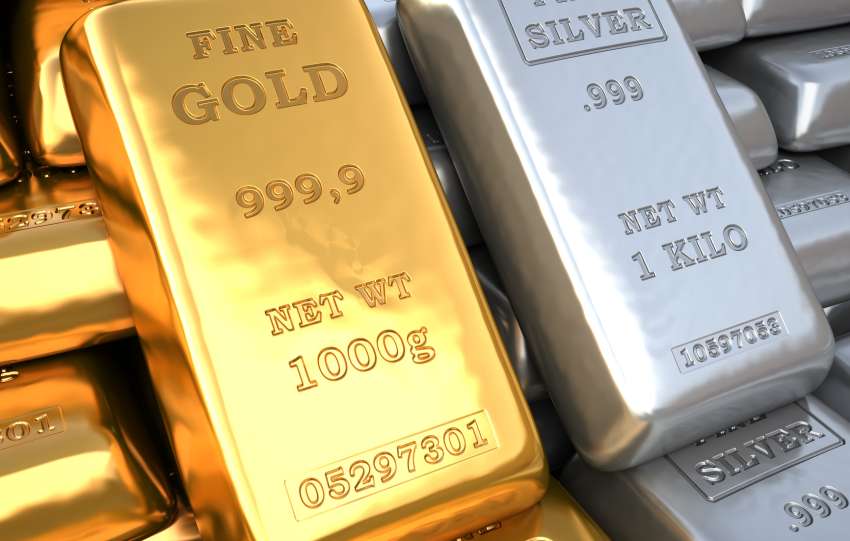Economic fears, potential shortages, and even Reddit communities have recently driven an increased interest in silver investing. Thousands of years before these events, though, people already viewed this precious metal as a tremendous store of value. This belief still subsists.
In the modern world, however, there’s much more complexity to investing in silver. After all, people can see precious metal values fluctuate with the economy. A major example is how the price of gold seems to increase when economic recessions occur.
Many moments in history have shown the value of silver react similarly, but the white metal’s relationship to the economy is much more intricate. It turns out that investing in silver can be a smart move in both good and bad economies. This guide will help you understand how.
How Silver Thrives in Booming Economies
Investors frequently view gold as a great hedge against inflation and other economic turmoil. People purchase the precious metal because they’ve seen it maintain value over the years. And even if paper money lost all its worth, gold would still serve as a store of value.
People frequently overlook the idea of investing in silver as a hedge, and that’s because of its historic performance during economic growth. While it may seem counterintuitive, the price of silver often goes up when the average person is thriving.
There are many reasons behind this occurrence:
Industrial Production Needs Silver
Did you know that about half of all mined silver gets used for industrial purposes? It’s used in a variety of manufacturing applications, and if industrial demand is increasing, you can bet that the value of silver is following suit.
We saw this between 2020 and 2021, when investing in silver created higher returns than gold investments. Experts credited industrial demand with the bulk of this increase. Anyone interested in other industrial metals — such as those buying copper bullion — saw similar returns.
Fortunately for those who have invested in this precious metal, industrial production increases during periods of economic expansion. As this creates a heightened demand for silver, rising prices are the expected outcome.
Smartphones Have Silver Inside
If you have an iPhone in your pocket, you’re walking around with over one-third of a gram of silver on you. This is a nice little surprise for most who enjoy investing in silver, but the biggest thrill comes from the knowledge that economic growth equates to higher smartphone sales.
At the height of the COVID-19 pandemic, smartphone purchases dropped 20%. If not for other factors, this could’ve had a significant impact on the price of silver. As sales increase during periods of improving economies, though, the demand for silver will have to follow suit.
Increased Environmental Regulation
The environment isn’t something you think of when investing in silver, but it turns out that it can play a major role. During economic recessions, legislators become less focused on environmental regulations. Their goal is typically just to get people back to work.
During economic recovery, though, environmental protections come back to the forefront. And since silver is a major component in solar panels, clean energy can spell high demand for the white metal. Saving the world and profiting from investing in silver? Win-win!
Good Economy? Good Time to Invest in Silver!
While these factors may play the most significant role in silver’s performance during economic expansion, there are many other smaller issues that come into play. Regardless of the underlying causes, though, there’s no denying that investing in silver can pay off in good times.
Of course, this shouldn’t dissuade you from buying bullion — in forms ranging from coins to silver bullets — during times of recession. Unlike similar precious metals, silver can perform well in just about any economic climate.
Investing in Silver During Poor Economies
With all the factors that make silver a smart investment during economic expansion, it would seem unlikely that it could also perform well during shrinking economies. Fortunately for those who invest in the metal, history has shown just how profitable this bullion can be during bad times.
We most recently saw this with the increased demand for silver during the COVID-19 pandemic. The U.S. Mint literally couldn’t keep up with investors requesting bullion coins. This is why you’ll hear silver referred to as “poor man’s gold” — it has an ability to act as an inflationary hedge like gold.
Of course, there were other issues occurring during this time. Couldn’t the “silver raid” and Reddit’s WallStreetSilver have played a role? These factors certainly had an effect, but we only need to look back to the 1970s to see investing in silver during poor economies paying off again.
This was the decade with:
- High unemployment.
- Energy crisis.
- International tension.
- High inflation.
- Multiple recessions.
With so many economic perils during this time, it would only make sense for an industrial metal to underperform. Right? Fortunately, that’s not what happened at all. There were certainly many factors in play, but history shows us that people view investing in silver as a way to protect against economic downturns. When you add in the fact that silver becomes easier to buy when the dollar devalues, it’s easy to understand this apparent contradiction.
Smart Ways to Invest in Silver
Even if silver is less valuable than gold, history has shown us that it’s still a great store of value and a solid investment. And since we’ve recently seen palladium coins and bullion overtake and eclipse the value of gold, the possibility exists that silver could do the same.
Even if this unexpected event never happens, though, investing in silver can still be profitable. Of course, this is only the case if you invest wisely. The following tips will give you an advantage when buying silver so that your investment can flourish during economic growth or recession.
Always Know Spot Value
Plenty of things can affect the price you pay when investing in silver. When you’re buying regular bullion instead of rare coins, though, the major consideration is spot price. You’ll never actually pay spot price, though, since refining, production, transportation, and other processes cost money.
Because of these costs, you’ll always pay a premium. By knowing the spot price of silver, however, you can ensure you’re not paying too much over spot. Bullion scammers often take advantage of people through inflated premiums, so avoid becoming a victim.
At Silver Gold Bull, you’ll notice our website prices fluctuate with the spot price, and you’ll always find the live spot price at the bottom of every page.
Buy from Reputable Dealers
If your journey toward investing in silver starts on eBay, you can find plenty of seemingly affordable items offered by sellers with zero feedback points. You can also find established sellers offering silver bullion with no proof of precious metal content or purity.
This story is the same at flea markets, online marketplaces, estate sales, and even pawn shops. While it’s possible you could find an amazing deal, episodes of Pawn Stars prove that you’re more likely to get conned. By always purchasing from a reputable dealer, you can remove this risk.
Start Investing in Silver Today!
Precious metals have always offered a way for people to invest in their financial futures. And while we may take it on faith that gold is the more desirable item, many cultures throughout history valued silver more than its yellow metal counterpart.
This certainly isn’t to say that investing in silver is superior to buying gold, but we’ve seen various instances where such an investment can pay off in both good and poor economies. Because of this, it’s hard to envision a time where owning silver coins and bullion is a bad idea.
At Silver Gold Bull, we strive to meet all your precious metal needs at a fair price. Visit our Silver Bullion Page to see our wide offering of coins, bars, collectibles, and more!


